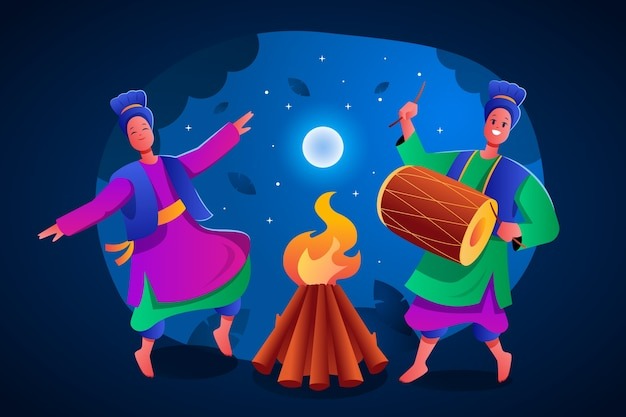Panchatantra to Vikram & Bethal: Exploring India’s Enchanting Folk Tales
0 Our ancestors have passed down generations of wisdom, customs, traditions, and practices in the forms of legends, folktales, fairy tales, myths, customs, oral traditions, cultural practices, music, proverbs, fables, tall tales, riddles, epics, mythology, religious stories, and urban legends within specific cultural groups. They are all collectively referred to as “Folklore.” In our childhood, our grandmothers would have told us fables with fascinating animal characters to convey a “moral” at the end. They would have challenged us with riddles, narrated folktales, sung religious songs, or recited ancient poems. These stories leave a lasting impact on all of us as they nurture us with values and contribute to shaping who we are today. It’s not just grandmothers alone; even magazines like Tinkle, Chandamama, etc., have also nourished our childhood, creating a nostalgic experience. The tales were told simply and beautifully, with witty messages. They defined the childhood of many generations when reading was the primary source of indoor entertainment. Now, let’s delve into Indian Folklore. When did they originate? As Folklores are passed down through oral tradition, it is challenging to pinpoint the exact time of origin. However, based on historical evidence, we can assume that some tales date back to 500 BCE. The universal themes employed in these tales are still relevant in modern times. Let’s take a quick look at some of the popular Indian folktales. Panchatantra: The Panchatantra is assumed to have been compiled around 300 BCE to 500 CE in India. It employs a unique storytelling style and consists of a collection of animal fables, in which animals take on human characteristics, and the stories are narrated in a captivating style. The central theme of the Panchatantra revolves around imparting wisdom, practical knowledge, and life lessons. The tales cover a broad range of topics, including politics, governance, friendship, and morality. Akbar and Birbal: The tales of Akbar and Birbal are based on Akbar’s court stories where Birbal served as Akbar’s advisor, portraying the relationship between the two of them. Often witty, these stories navigate complex situations, offering moral lessons and insights into governance with sprinkled humor. Each story presents challenges to Birbal which he solves with his intelligence. Tenali Rama: Like Akbar and Birbal, Tenali Rama’s stories revolve around the relationship between King Krishnadeveraya and poet Tenali Rama, characterized by humor, satire, and quick wit. The stories are believed to be inspired by Tenali’s real-life wit and intelligence. Tenali Rama’s character has become one of the most beloved characters among Indians. Jataka Tales: “Jataka Tales” is believed to have been compiled around the 4th century BCE. Having Buddha’s previous births as its central theme, they teach moral lessons and virtues from Buddhist traditions. Each tale tells a valuable lesson from Buddha’s past lives. These stories feature animals, humans, and celestial beings as their characters and adopt an allegorical style. Vikram and Bethal: The story revolves around Bethal, a ghostly entity, posing riddles from complex life situations and Vikramaditya solving all the twenty-five riddles. Bethal promises to surrender as a captive to Vikramaditya if he clears the puzzles without any going wrong or leaving due. Vikramaditya’s head would burst by the spell of the Bethal, in case he knew the answer and did not reveal it. Vikram accepts this deal so that he can capture the Bethal to a sorcerer. Each story presents a moral dilemma or ethical puzzle. The stories are marked by their eerie atmosphere, supernatural occurrences, and the intellectual exchange between King Vikramaditya and Bethal.


